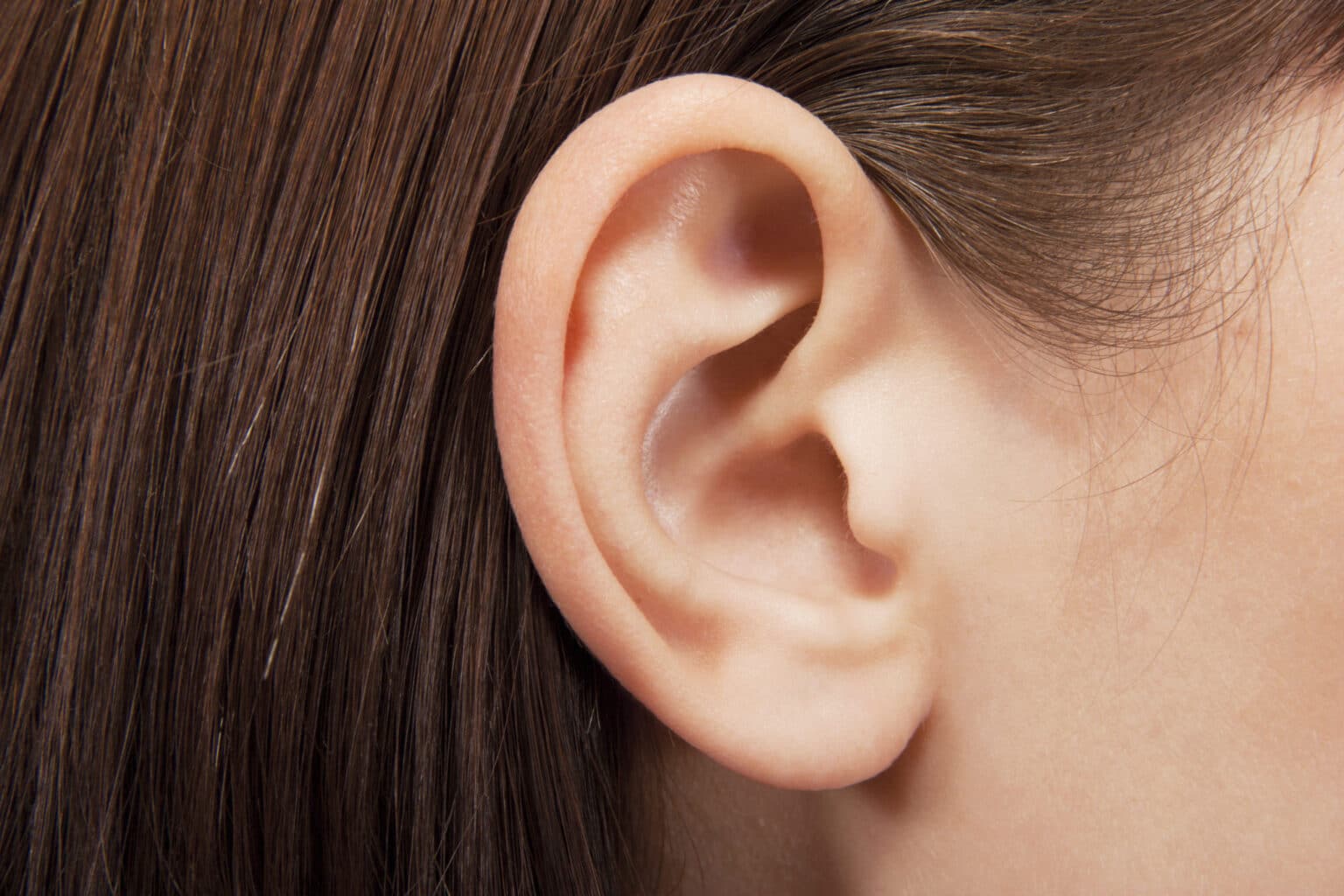Conductive Hearing Loss May Be Treatable with Surgery
Conductive hearing loss is caused by problems in the middle ear and outer ear, while sensorineural hearing loss is the result of inner ear problems. The latter type is sometimes referred to as nerve deafness, and is usually treatable only with hearing aids or a Cochlear Implant. Conductive hearing loss, on the other hand, can often be corrected surgically.
When Is Surgery an Option?
A number of factors can cause conductive hearing loss. These include malformations of the outer or middle ear structures, chronic ear infections, fluid in the middle ear, a perforated eardrum, benign tumors, impacted earwax, foreign objects in the ear, trauma and otosclerosis. Many of these conditions can be corrected via surgery.
What Are Common Surgical Procedures To Restore Hearing?

One of the most common types of surgical procedures is for the treatment of otosclerosis, an abnormal growth of bone on or around the stapes, the “stirrup bone” of the middle ear. This bony buildup prevents the stapes from vibrating as it normally would when stimulated by sound waves, causing hearing loss. The procedure, called a stapedectomy, involves removal of the stapes and replacement with an artificial prosthesis. Surgery is usually completed in 90 minutes or less, and often the patient is able to go home the same day. It may take a month or so for results to appear, as there will be swelling and bruising that can impede hearing initially.
Ossicular reconstruction is similar to a stapedectomy, but involves replacing multiple bones of the middle ear (the ossicles) with prosthetic bones.
Implantable hearing devices, mentioned in the previous section, are another common surgical procedure to assist with hearing. These involve implanting a small device, such as a cochlear implant or bone anchored hearing aid, to allow patients with nerve deafness a communication alternative.
Other common ear surgeries include myringotomy tubes (small tubes inserted into the eardrums to provide ventilation and drainage for children who experience chronic ear infections), tympanoplasty (to repair eardrum perforations), mastoidectomy (to remove portions of the mastoid bone affected by infection, growth or disease), and surgeries to remove acoustic neuroma and other tumors.
